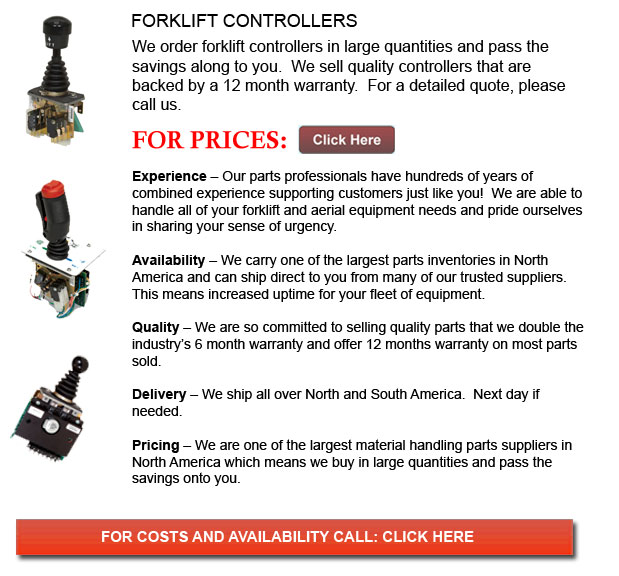
Forklift Controller - Lift trucks are available in different load capacities and several units. Nearly all lift trucks in a typical warehouse setting have load capacities between one to five tons. Larger scale units are used for heavier loads, like loading shipping containers, may have up to fifty tons lift capacity.
The operator could make use of a control so as to lower and raise the blades, which may likewise be known as "blades or tines". The operator of the lift truck could tilt the mast so as to compensate for a heavy loads tendency to tilt the blades downward. Tilt provides an ability to function on uneven ground as well. There are yearly contests meant for skillful lift truck operators to compete in timed challenges and obstacle courses at local lift truck rodeo events.
Lift trucks are safety rated for loads at a particular limit weight and a specified forward center of gravity. This essential info is provided by the manufacturer and placed on a nameplate. It is important cargo do not go over these specifications. It is prohibited in numerous jurisdictions to interfere with or remove the nameplate without obtaining consent from the forklift maker.
Most forklifts have rear-wheel steering so as to enhance maneuverability. This is particularly helpful within confined spaces and tight cornering spaces. This kind of steering varies quite a bit from a driver's first experience with different vehicles. In view of the fact that there is no caster action while steering, it is no needed to utilize steering force so as to maintain a constant rate of turn.
Instability is one more unique characteristic of forklift operation. A continuously varying centre of gravity happens with each and every movement of the load amid the forklift and the load and they should be considered a unit during operation. A forklift with a raised load has gravitational and centrifugal forces which could converge to bring about a disastrous tipping mishap. In order to prevent this possibility, a forklift should never negotiate a turn at speed with its load elevated.
Forklifts are carefully built with a load limit utilized for the tines. This limit is lessened with undercutting of the load, which means the load does not butt against the fork "L," and also lowers with blade elevation. Normally, a loading plate to consult for loading reference is situated on the forklift. It is dangerous to use a forklift as a worker lift without first fitting it with specific safety equipment like for example a "cherry picker" or "cage."
Forklift utilize in distribution centers and warehouses
Vital for any warehouse or distribution center, the lift truck has to have a safe environment in which to accommodate their safe and efficient movement. With Drive-In/Drive-Thru Racking, a forklift has to go within a storage bay that is multiple pallet positions deep to put down or take a pallet. Operators are often guided into the bay through rails on the floor and the pallet is placed on cantilevered arms or rails. These tight manoeuvres require well-trained operators to be able to complete the job safely and efficiently. For the reason that every pallet needs the truck to go in the storage structure, damage done here is more frequent than with other types of storage. When designing a drive-in system, considering the dimensions of the tine truck, together with overall width and mast width, need to be well thought out to be able to ensure all aspects of a safe and effective storage facility.
![]() Click to Download the pdf
Click to Download the pdf
Forklift Parts
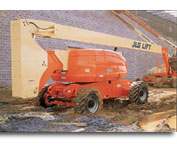
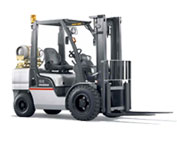
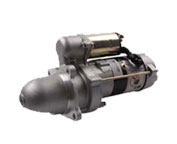
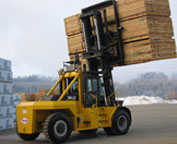
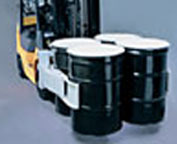
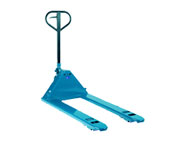
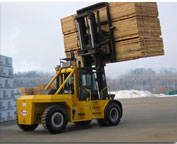
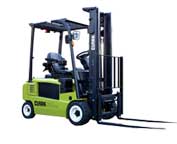
Lift Parts Express
TOLL FREE: 1-888-695-7994
Valdez, Alaska
forkliftpartsvaldez.com
Email Us
About Us


